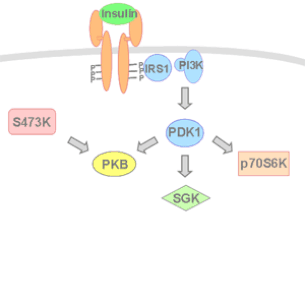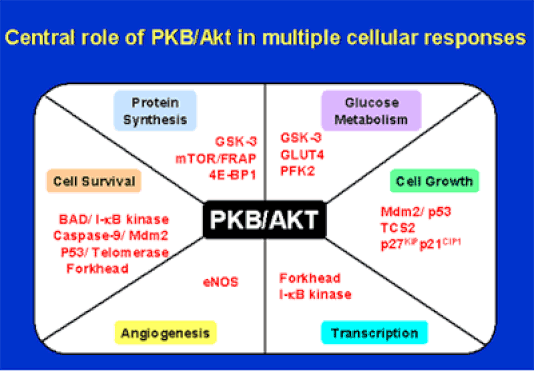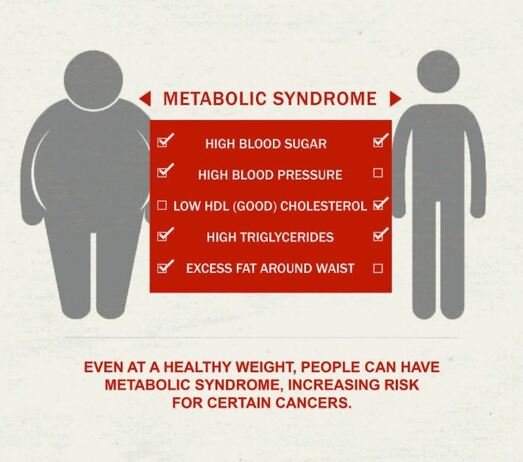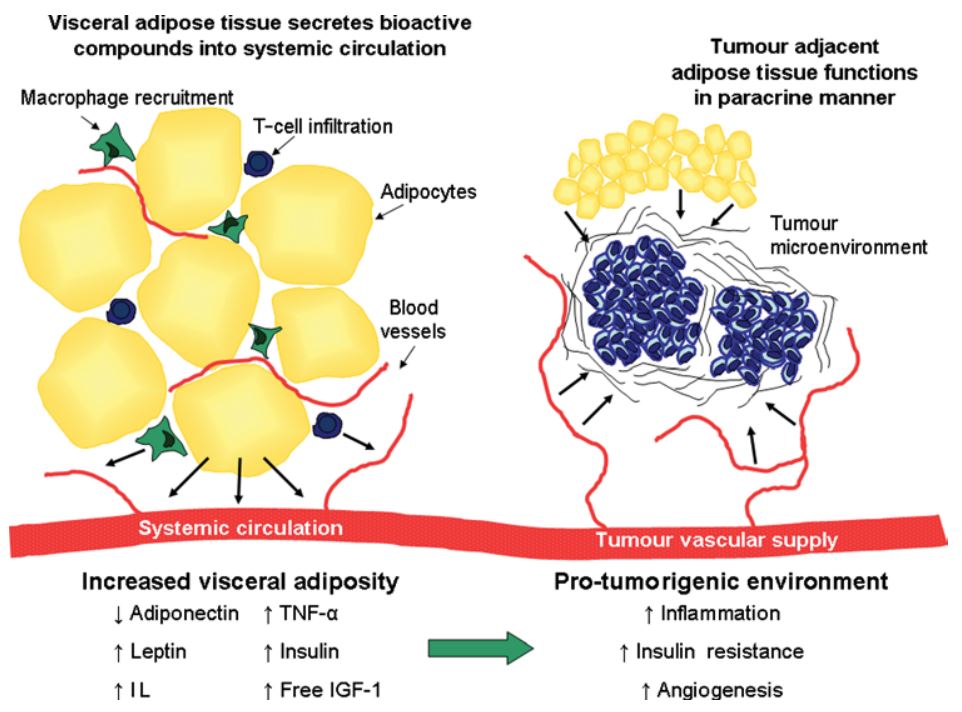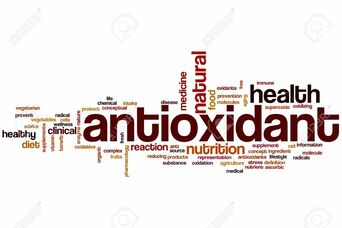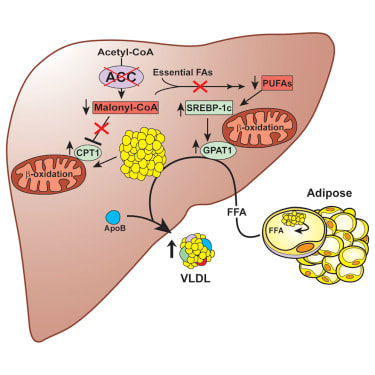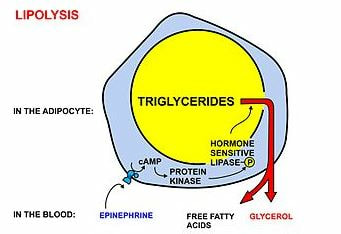Main Research Interests
in MSCSL
|
My research interests lie in the molecular mechanisms of insulin signaling. Insulin is the primary anabolic hormone in the body, and is released from the pancreas after a meal to stimulate glucose uptake into muscle, liver and fat. The relevance of insulin signaling pathways is illustrated by the fact that an absence of insulin production, or deregulation of insulin signaling in tissues such as liver, leads to the disease states termed type I and type II diabetes, respectively.
|
